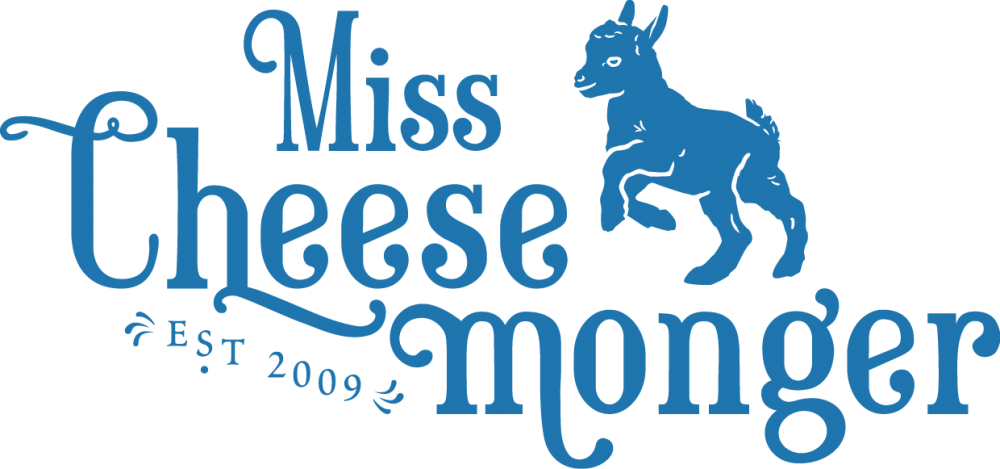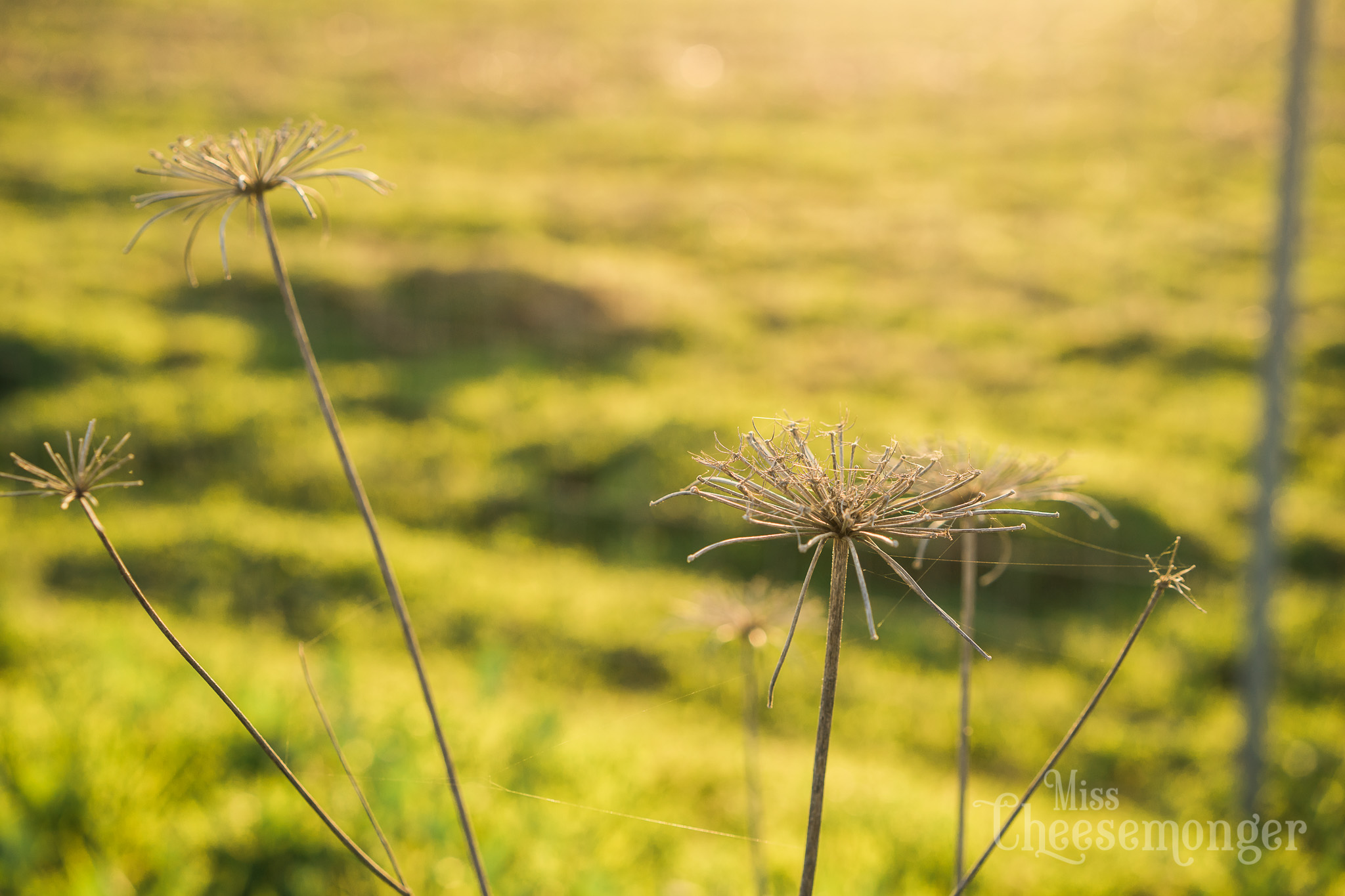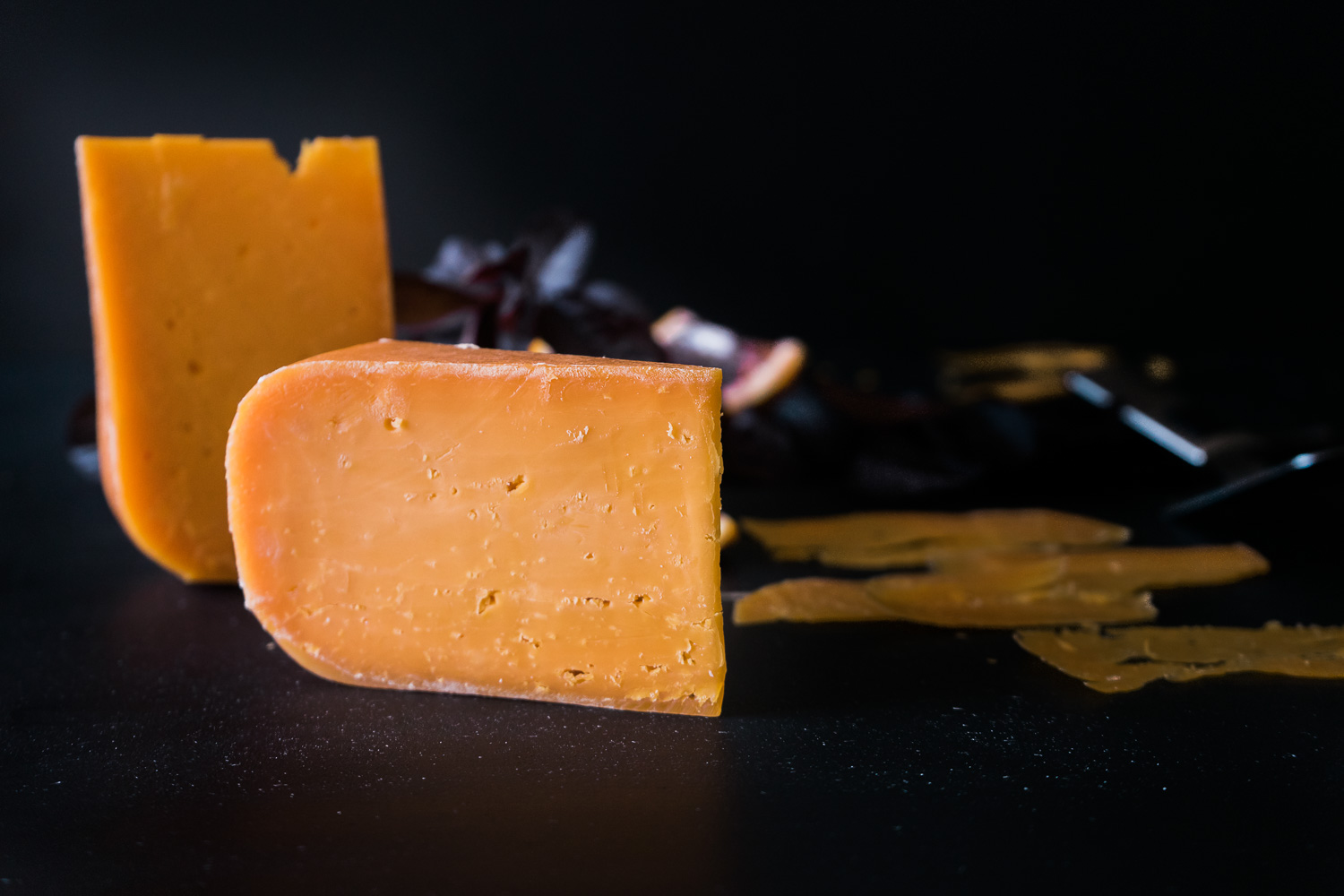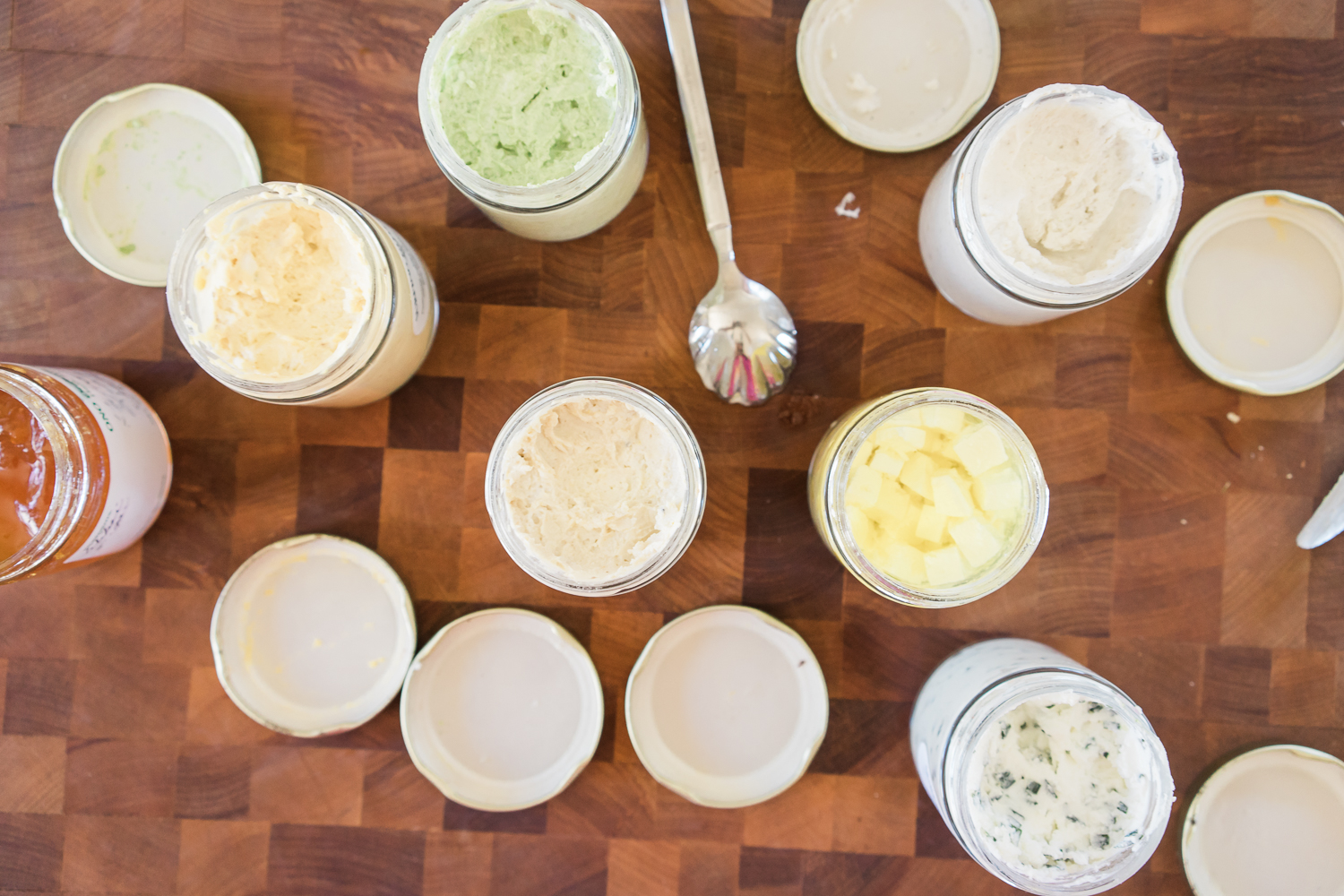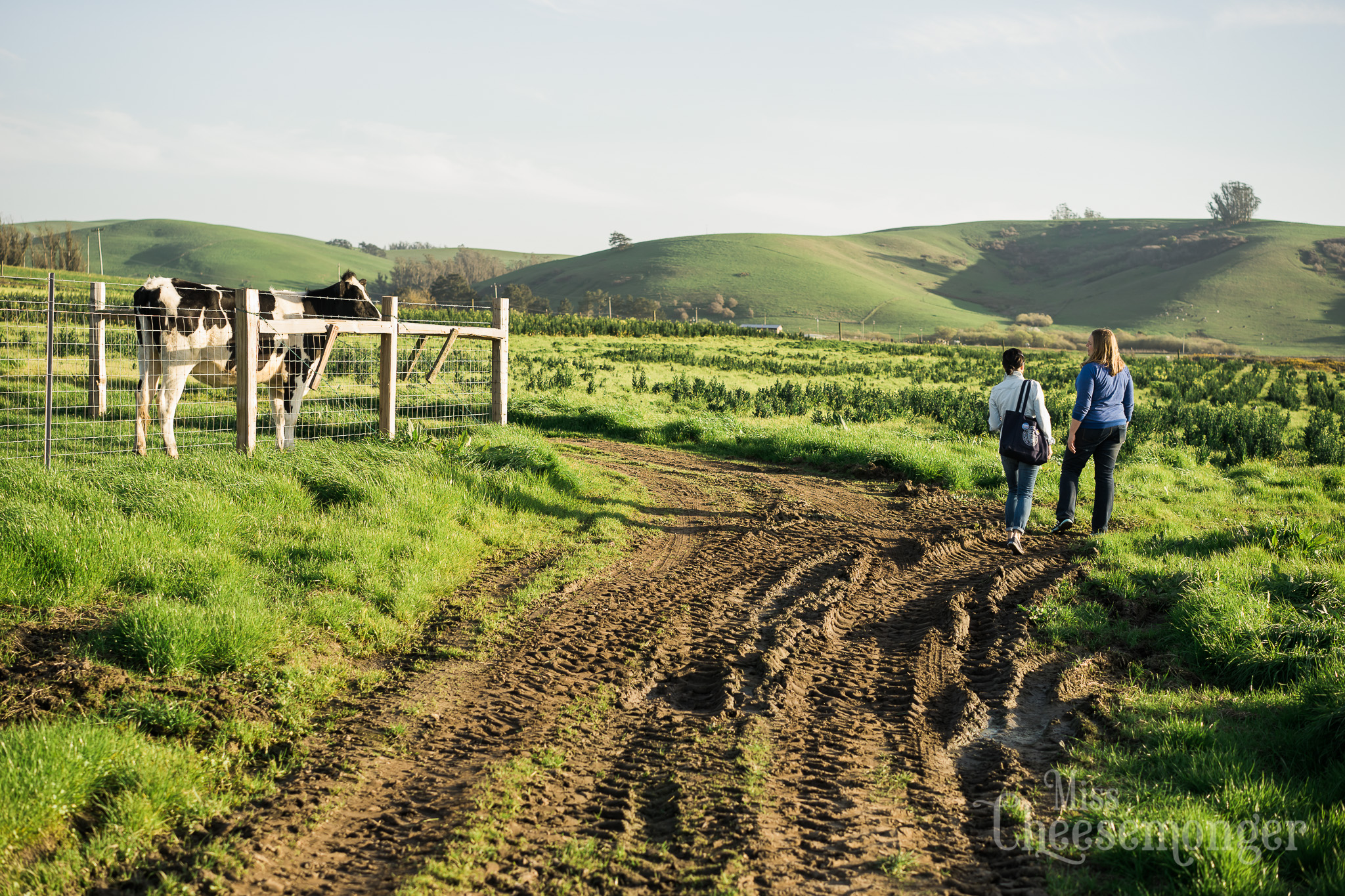[Note: Would you take a minute to fill out my super quick survey? You will be helping me out A TON! Thanks!
Hello, my friends! I’m typing this blog post with my fur buddy Indy napping next to me. It’s such a good feeling to have this little guy around. Normally he lives with my mom and grandmother, but we’ve kidnapped him for a week!
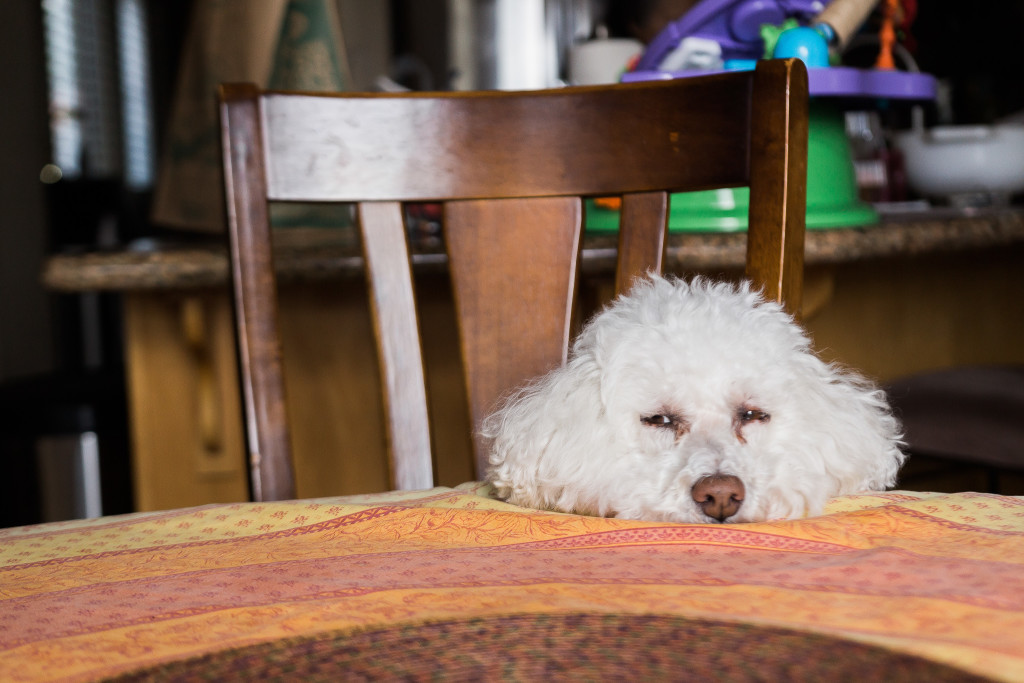
This week, we’re talking about terroir and what it means for cheese. If you’re not familiar with this term, it’s essentially the notion that where a food item is produced impacts its flavor. We see it discussed a lot in the wine industry—for instance, a pinot noir in Oregon doesn’t taste like a pinot noir made in California. I’ve found Oregon pinot noirs to be lighter-bodied with more mineral notes on the whole, while California pinot noirs tend to have more fruity notes, often with more body. This is largely a result of the different climates and the different soil environmental conditions of each region.
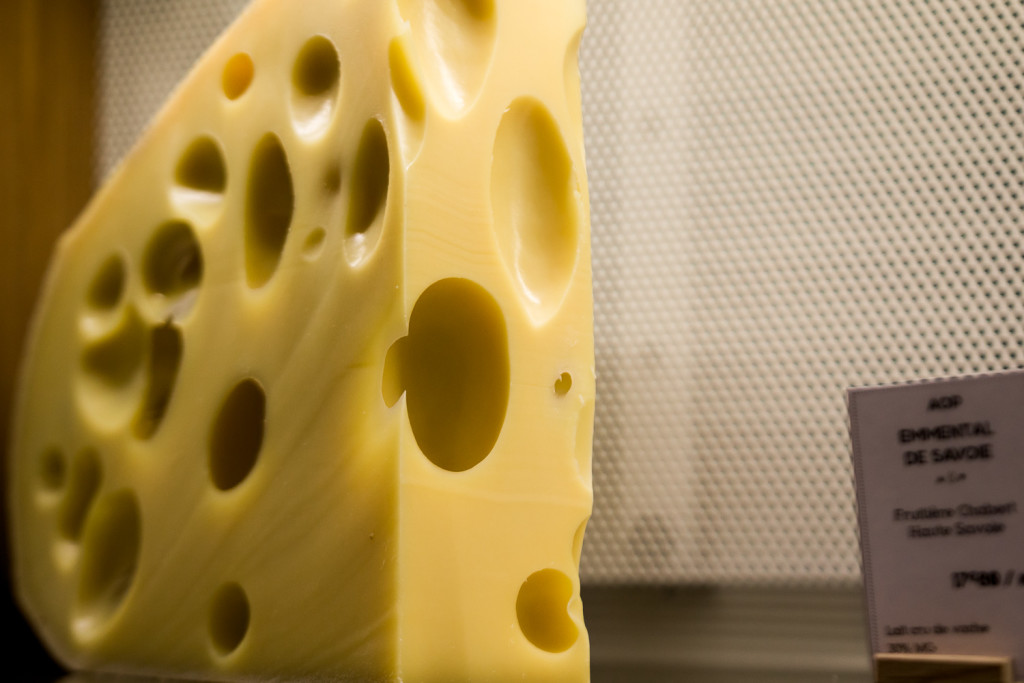
With cheese, it’s the same idea. I asked Pennyroyal Farm and Farmstead Cheese cheese maker Erika Scharfen to explain in more detail the role that terroir plays in cheese. She pointed out the many ways in which environment can affect milk production and cheese making. For instance, cows that eat more fresh grass produce milk with more beta-carotene. Additionally, animals raised in cooler climates tend to produce higher component milk than those raised in warmer climates because the warm weather animals drink more water. In terms of cheesemaking itself, environmental bacteria, molds, and yeast can affect the cheese’s acidity, ripening, and flavors.

She gave me a great example of “the epitome of terroir in cheese”:
When I [Erika] lived and worked in France, we milked a herd of regionally specific goats (the Poitevine) that were fed alfalfa at night, but spent the day on native pasture. We made our cheese from raw milk, and used a technique known as “back-slopping” to inoculate each batch of cheese. At the start of each production year (the farm was seasonal), we would place a small bowl of raw milk in a warm spot and allow it to ferment using only the flora from the raw milk. After several days of adding small amounts of fermented milk to fresh raw milk, a curd would start to form. From there on, whey from the previous day’s cheese would be used to inoculate the morning milk to start the next batch of cheese. This is the epitome of terroir in cheese.
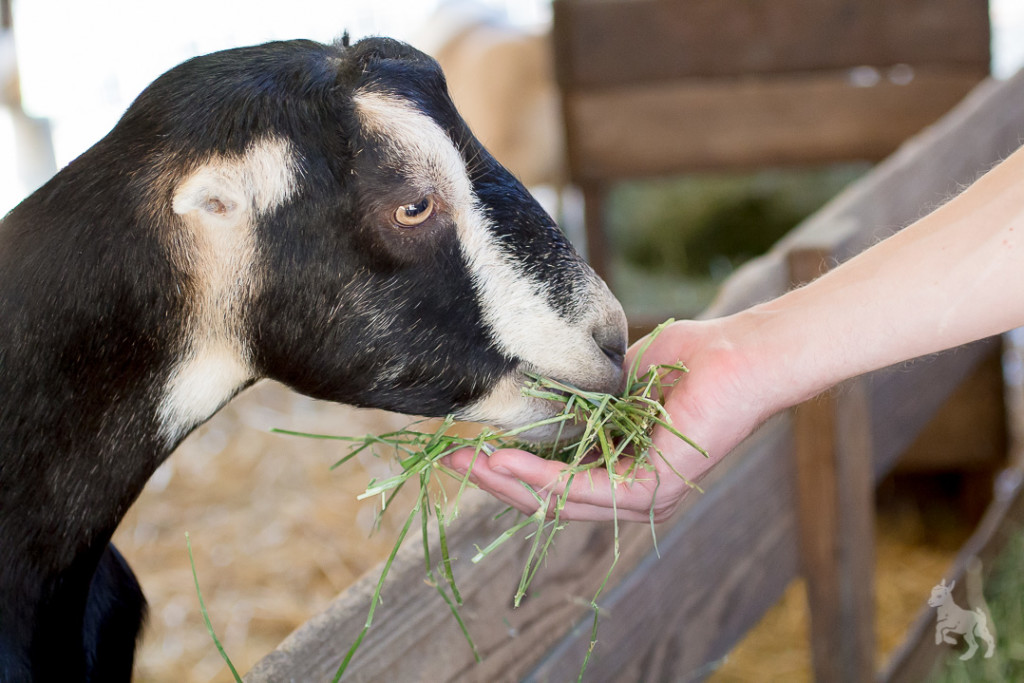
In contrast, says Erika, in the United States, cheese makers tend to purchase their cultures from the same source. Consistency is more the priority than in Europe. Additionally, there is less diversity amongst the animals in the States, and these animals are fed similar food that doesn’t necessarily come from the vicinity of the farm. The result is that there are fewer variables where terroir can have an effect. Instead, much of the diversity in American cheese comes from changing up cheesemaking at different steps: from inoculation, to curd cutting, to cheese shaping, to salting, to aging—there are so many ways to impart your personal touch on a cheese. Consequently, though, a cheese’s production location seems to matter less than the individual creamery or cheesemaker behind each cheese.
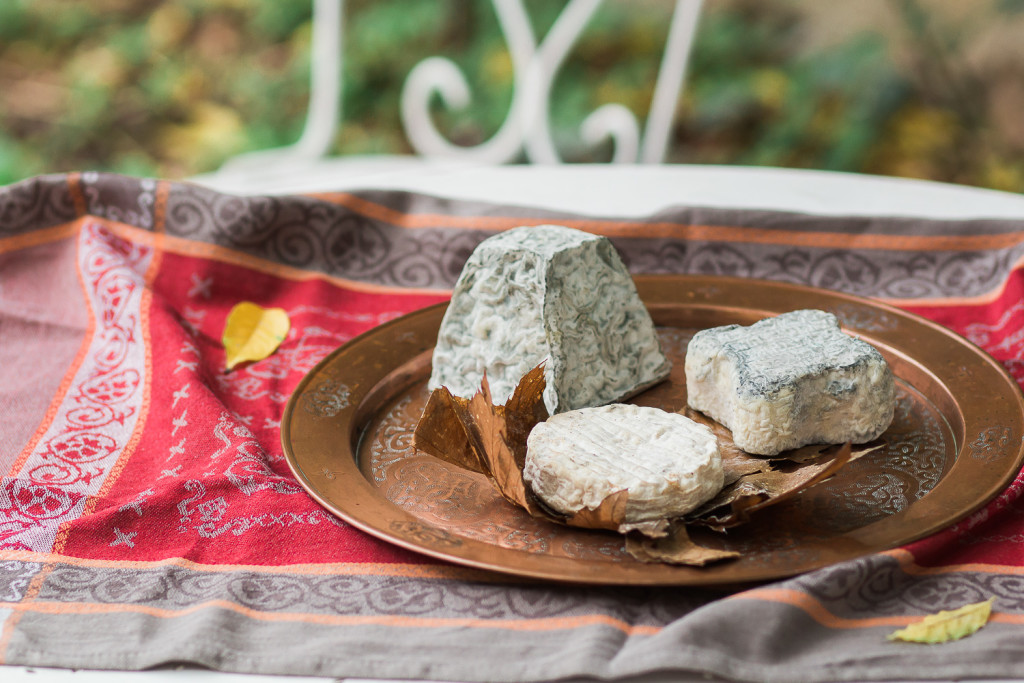
What does this tend to mean for consumers when they visit the cheese shop? Well, Chuck Kellner, the Cheese Sommelier and longtime cheesemonger at Cowgirl Creamery, shared his thoughts. Essentially, most American consumers don’t know much about terroir as it relates to cheese, and it doesn’t really affect their decision-making. Chuck shared with me that most consumers choose their cheese based on flavor, not terroir. From his perspective, consumers tend to react much more when they know if a cheese is made from raw milk or not—they’ll tend to favor a raw milk cheese if they know that the cheese is raw. We’re not yet to the point in cheese knowledge where the average consumer can discern a raw milk cheese from a pasteurized one based on taste alone. Given the state of American cheese making, which Erika pointed out above, we’ve probably got a long way to go before we can expect consumers to be able to discern where their cheeses come from based on taste.
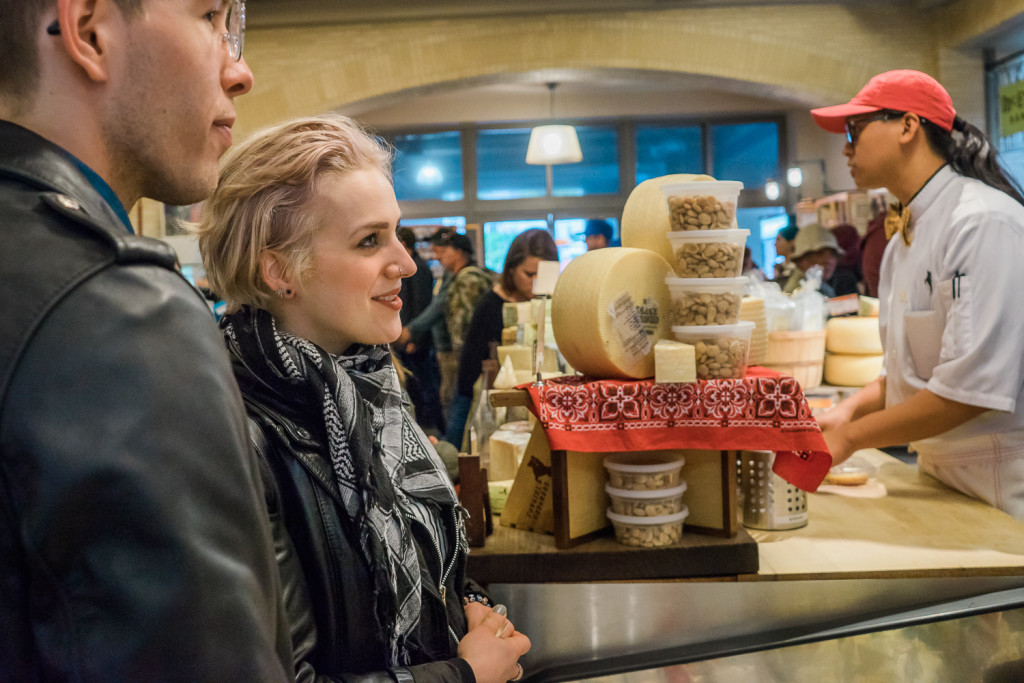
What do I think about terroir? There are times it counts, but sometimes, I think Chuck is right, and it’s not so important to current-day consumers. It certainly does exist. Tasting California crottin-style goat cheeses and Loire Valley goat cheeses of the same style, I can tell California cheeses have a distinct flavor, full of brambles and earth. Conversely, the Loire Valley cheeses tended to have brighter notes of citrus and fresh cream. I certainly enjoyed comparing cheeses. Would it have swayed anyone at a cheese shop? Not everyone, I’m sure. While I can definitely appreciate the unique aspects of cheese making that contribute to a cheese’s terroir, I can understand that a lot of folks aren’t concerned about the nuances of terroir as it relates to cheese.
How do you feel about terroir and cheese? Does it affect your purchasing decisions? I want to know! Leave a comment below, and share your thoughts!
It’s my work to create great content for you. Do you love what you see? Here is how you can support me:
HIRE ME! Let me bring your food projects, business, and products to life. Image may not be everything, but a great one sure helps—Let’s create something beautiful together! See my food photography portfolio. Or see my portrait portfolio for portrait and candid work. Contact me to start brainstorming!
BUY through my affiliate account links at Amazon.com (where you can get nearly anything under the sun), the French Farm (where you can find delicious and beautiful French products for the kitchen, and get free shipping for orders over $75), and Taza Chocolate (maker of some of my favorite Mexican-style chocolates). Bookmark these links for later! You can purchase anything through them, not just what I recommend to you, and I will receive a small percentage of those sales at no extra cost to you! Everybody wins!
